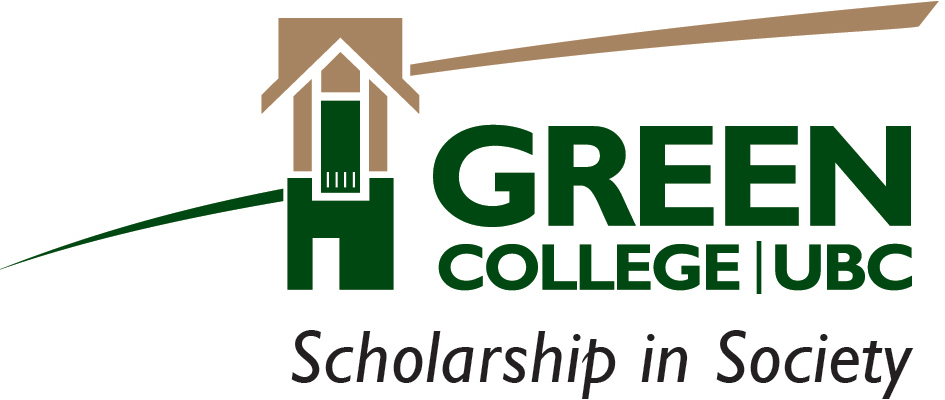Texts in Motion: World Literature During the Chinese Revolution
-
Lena Henningsen, Institute of Sinology, University of Freiburg
HC 7000 Earl and Jennie Policy Room, SFU Harbour Centre
Monday, March 20, 2-3:30pmin the series
Cecil H. and Ida Green Visiting Professor | China Power -
The Chinese Cultural Revolution (1966-1976) is perceived as an era when China was cut off from the rest of the world, politically as much as culturally; and as an era of cultural and literary deprivation dominated by censorship and by government control of literary and artistic production. While this certainly held true for large parts of the population, the Cultural Revolution also saw an erosion of this system, if not an implosion: Countless uprooted youth – be they former Red Guards and/or educated youth sent to the countryside from 1968 onwards – read whatever they could get their hands and eyes on: books marked for destruction because of their counterrevolutionary nature as much as internal publications that were produced only for the eyes of trustworthy party cadres. This latter category contained large amounts of foreign literature translated into Chinese. Very often, the children of party cadres took these books to the countryside and shared them with friends, as described in Dai Sijie’s novel Balzac and the Chinese Seamstress. Thus, the Cultural Revolution, for many, was a time of great intellectual freedom, and of broadening their horizons beyond their own country.
In this presentation, Lena Henningsen will, first, chart actual reading practices through a sample of autobiographical writings to delineate which texts were read at the time and considered noteworthy in retrospect. She will demonstrate that foreign literature, ranging from Dumas to the authors of the beat generation, featured prominently in this. Second, she will turn to literary creation of the time: handwritten entertainment fiction which circulated clandestinely. While these texts appear to be “mere” entertainment at first glance, they are intertextual and – mirroring actual reading practices – anchor the genre firmly on a map of world literature. Discussing three different stories and the intertextual links within them, Professor Henningsen will delineate the different cosmopolitanisms of the Cultural Revolution and how they forestalled developments of the early post-Mao years.
 Lena Henningsen is the PI of the Freiburg-based and European Research Council (ERC)-funded project “The Politics of Reading in the People’s Republic of China,” and is currently a visiting researcher at the China Centre, Oxford. She has worked on Chinese popular literature and culture and published widely, including her most recent book Cultural Revolution Manuscripts: Unofficial Entertainment Fiction from 1970s China (2021) and translations of a number of Chinese lianhuanhua comics. From 2024-29, she will lead another ERC-funded project delving into “Comics Culture in the People’s Republic of China (ChinaComx).”
Lena Henningsen is the PI of the Freiburg-based and European Research Council (ERC)-funded project “The Politics of Reading in the People’s Republic of China,” and is currently a visiting researcher at the China Centre, Oxford. She has worked on Chinese popular literature and culture and published widely, including her most recent book Cultural Revolution Manuscripts: Unofficial Entertainment Fiction from 1970s China (2021) and translations of a number of Chinese lianhuanhua comics. From 2024-29, she will lead another ERC-funded project delving into “Comics Culture in the People’s Republic of China (ChinaComx).”
-
Unless otherwise noted, all of our lectures are free to attend and do not require registration.
March 20, 2023
7:00 am to 8:30 am
Coach House
6201 Cecil Green Park Rd